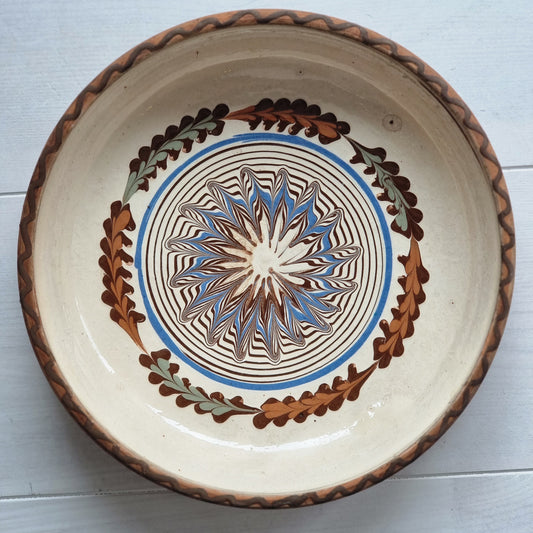Picture frames play an essential role in how we experience art and photographs in our homes. They frame and protect the artwork, while also enhancing its expression and harmonizing with the decor. The right frame can transform a simple piece of art into an eye-catching statement, while a poorly chosen frame can make the artwork lose its impact. Here are some thoughts and tips on choosing frames that do justice to both your home and your artwork.
-
Why Frames Matter
A picture frame is more than just a way to mount art on the wall. It acts as a bridge between the artwork and the room where it hangs. The frame creates a visual boundary and ensures the artwork receives the attention it deserves. Additionally, it protects the piece from damage caused by dust, dirt, and moisture.The right frame can enhance the colors, style, and character of a piece, while a mismatched frame can detract from its impression. Therefore, it's important to consider which type of frame suits the specific artwork and the room where it will hang.
-
Choosing the Right Frame for Your Art
Choosing a frame depends on several factors, including the artwork's style, colors, and the ambiance you wish to convey in the room.- Material: Frames come in a variety of materials, such as wood, metal, plastic, and composite. Wooden frames are classic and provide a warm, natural feel, with various colors and finishes that match many interior styles. Metal frames are modern and minimalist, working especially well with abstract art or black-and-white photographs.
- Color: When choosing the color of the frame, consider both the artwork's and the room’s color palette. A white or black frame is a safe choice that works with almost anything. A gold frame offers a more traditional feel, suiting older, classical works or portraits. A colorful frame can make a piece stand out even more, but it’s essential to balance the colors so the frame doesn’t overshadow the artwork itself.
- Thickness and Design: The thickness of the frame also influences how the artwork is perceived. Thinner frames create a more subtle and elegant impression, while thicker frames are more eye-catching and add weight to the piece. The style of the frame should harmonize with the artwork – for example, a simple and modern frame pairs well with a minimalist painting, while an ornate frame might be perfect for a Baroque artwork.
-
Matting – An Extra Layer of Framing
A matting is a thin cardboard or paper frame placed between the artwork and the outer frame. It acts as a visual separator, giving the artwork extra space to breathe. The matting can also highlight specific details in the piece, giving it a more professional look. White or light-colored mats are typically used, but there are also colored options for those who want a more dramatic effect.Mats are especially useful for smaller artworks, as they make the piece appear larger and draw more attention to it on the wall. They also protect the work by creating a slight gap between the glass and the artwork, preventing damage from moisture and adhesives.
-
Matching the Frame to the Interior
When choosing frames, it’s also important to consider how they will fit in with the rest of the decor. Frames should either complement the interior or create a deliberate contrast. In a modern, minimalist home, thin and subtle frames may be best, while a rustic home could benefit from rough wood frames that add character and warmth. -
Creating a Cohesive Gallery Wall
If you plan to hang multiple pieces together, such as on a gallery wall, consider how the frames will look next to each other. Uniform frames can create a cohesive and orderly impression, while mixed frames can give a more eclectic and lively feel.
Decorating with picture frames is about finding a balance between the needs of the artwork and the room’s aesthetics. With the right choice of frame, you can transform your walls and create an atmosphere that reflects both your personal style and the soul of the artwork.





